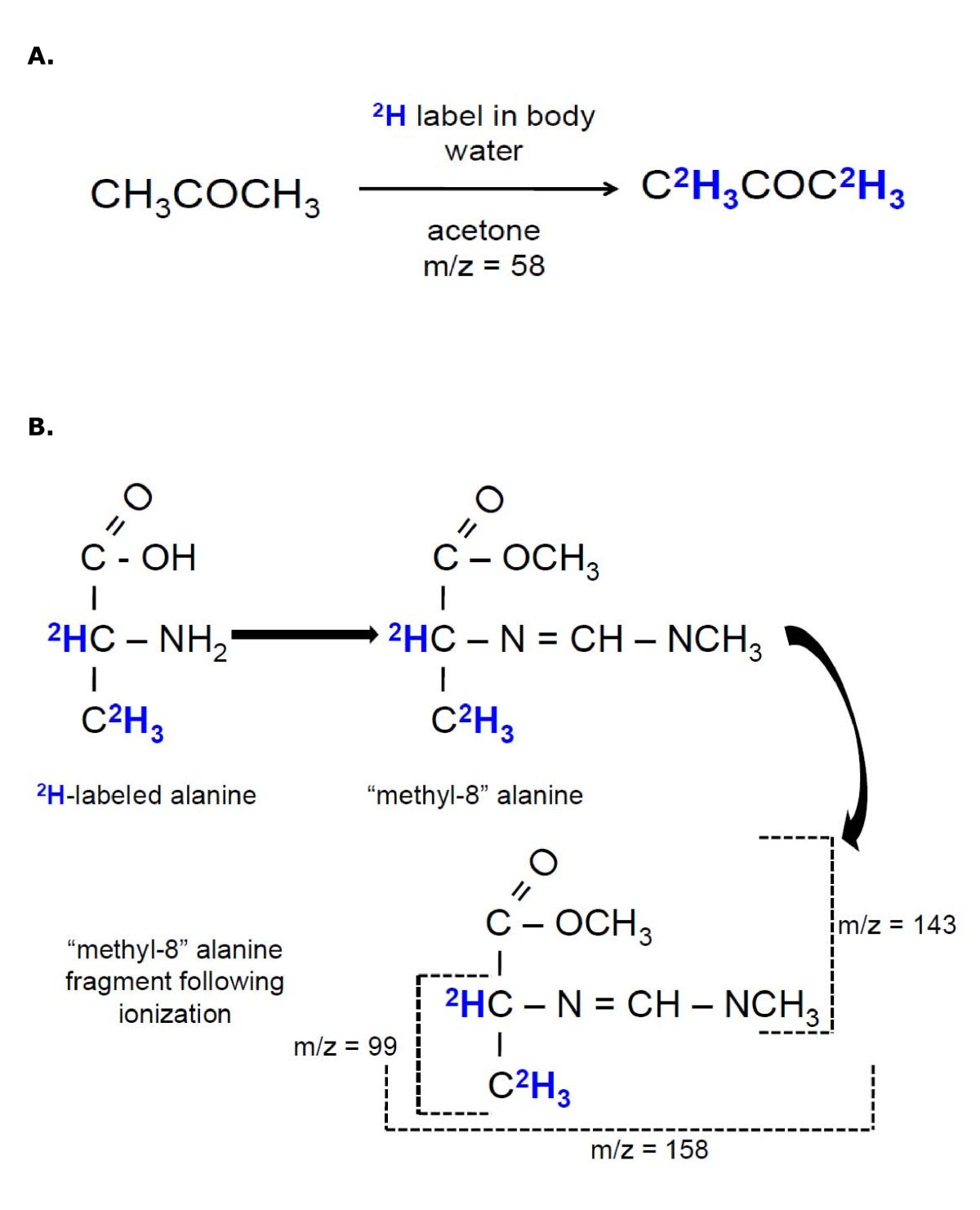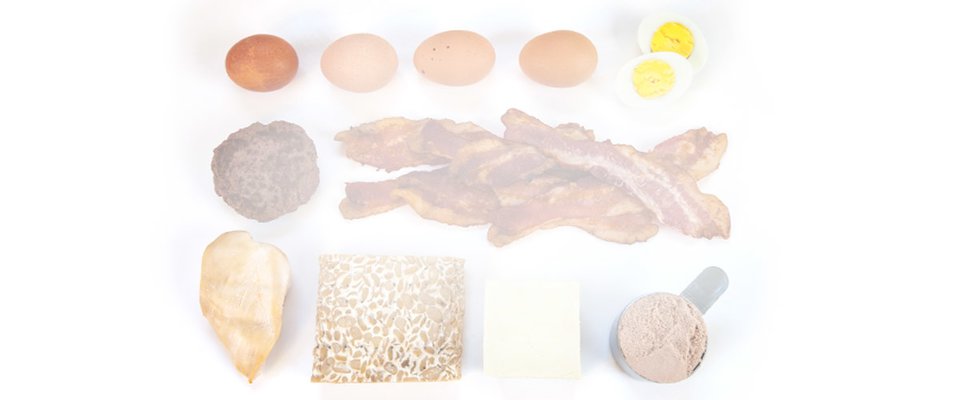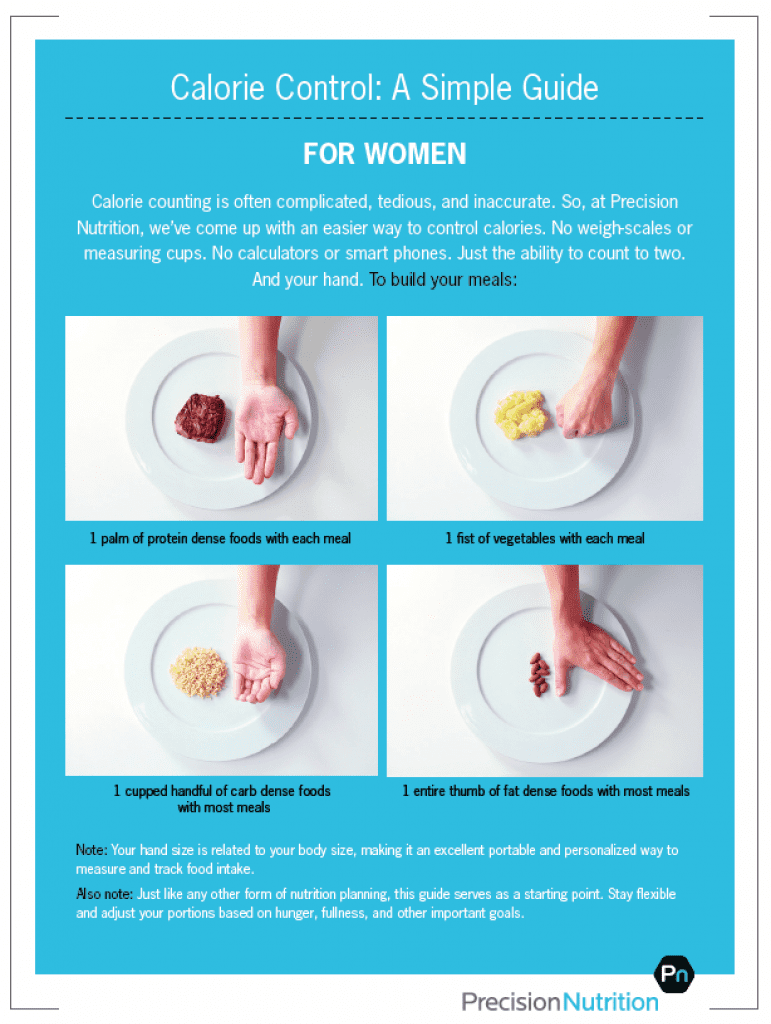
Protein Body Measurement
It plays a large role in controlling your blood clotting process. The daily minimum recommended by the national institutes of health is 036 grams per pound for a sedentary person1 the daily minimum recommended by the national institutes of health is 036 grams per pound for a sedentary person1. Other scientists have estimated the protein needs to be a minimum of 07. As you digest protein your body breaks it down into individual amino acids. A common recommendation for gaining muscle is 1 gram of protein per pound of body weight or 22 grams of protein per kg. Its used as part of your routine health checkup.
So you can easily maintain a healthy weight or assist with weight loss efforts by adopting a protein rich diet. Generally however the 20152020 dietary guidelines for americans suggest that males over the age of 18 consume 56 grams g of protein per day and that females consume 46 g. Buckwheat hummus and pita soy products tofu tempeh edamame beans peanut butter on toast or some other bread beans and rice quinoa hemp and chia seeds spirulina. You simply step on the scale and the tool measures both your body weight and your estimated fat percentage. Albumin and globulin are two types of protein in your body. The amount of protein you need depends on your weight goals and lifestyle.
Such scales work with the help of sensors underneath. People who eat higher amounts of protein have an easier time maintaining a healthy weight. What is a protein s measurement. In this article we discuss the total protein test including its uses normal protein levels and what abnormal. The current recommended daily allowance for adults is 08 grams per kilogram of an individuals body mass or 036 grams per pound of body weight. Protein s is one of the many vital proteins in the human body.
A person can easily. Total protein tests measure the amount of protein in a persons urine or blood. Your bloods ability to clot is. The total protein test measures the total amount albumin and globulin in your body. Body fat scales are easy to use.
Random Post
- nia sharma body measurement
- fletcher body measurements
- how to read bra measurement
- ultrasound body fat measurement
- anne hathaway body measurement
- human body measurement app
- abigail ratchford body measurements
- maria villalba body measurement
- body measurement computer vision github
- bra measurement guide uk
- bra measurement website
- kim ah joong body measurement
- glamorise bra measurement
- akshay kumar body measurement
- shobha shetty body measurement
- areeka haq body measurement
- body measurement for women's clothing
- nawab shah body measurement
- body measurement shoulders
- tracee ellis ross body measurement
- emrata body measurements
- gurlez akhtar body measurement
- bts true body measurements
- bra measurement cm
- can you add body measurements to myfitnesspal
- actress namitha body measurements
- tiger body measurement
- mahlagha jaberi body measurement
- bra measurement chart inches
- goldman sachs body measurement technology
- bra size b
- body measurement schedule
- body measurement eon
- the primary authoritative body for determining the measurement focus
- 21 day fix body measurement
- sunny snsd body measurement
- jin baek body measurement
- iphone body measurement height
- tracy lopez body measurements
- bra size 32c bust measurement
- zion williamson body measurements
- body temperature measurement arduino
- perfect body figure measurement
- are my body measurements good
- sophie turner body measurement
- alexey lesukov body measurement
- iggy azalea body measurement
- nina dobrev body measurements
- where to take measurements on your body
- model roz body measurements







































